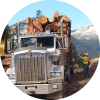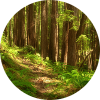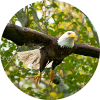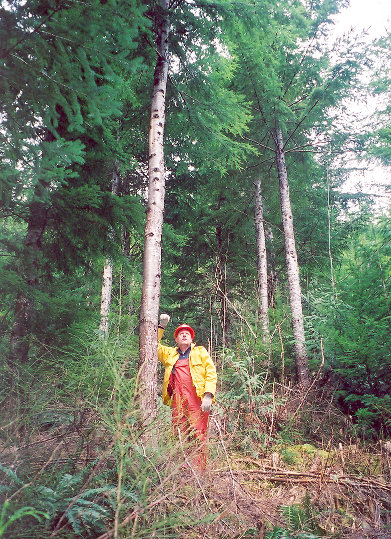
All the harvested areas on the community forest are reforested promptly by a combination of planting and natural regeneration. Typically, 15,000 to 25,000 trees are planted on the community forest every year. In most cases, the reforestation process begins even before an area has been logged. It takes about a year to grow a seedling in the nursery and since planting is typically done in the first spring following logging, the seedlings have to be sown and grown before the timber is cut down.
There are also tight specifications for the origin of the seeds used to grow the seedlings at the nursery in terms of their elevation and latitude of origin, so that the seedlings are adapted to the conditions where they will be planted. Prior to harvest, our foresters determine which trees are most suited for reforestation on that site and this information is used when placing the seedling order at the nursery. Mostly Douglas-fir and western red cedar are planted on the community forest as western hemlock typically regenerates naturally into dense cover. Sitka spruce is usually not planted due to the presence of Sitka spruce weevil which causes deformed growth in young spruce trees. However, Sitka spruce also regenerates naturally so there is always a small component of this species on suitable sites. Amabilis fir is also harvested to a limited degree and at higher elevations it is usually present in the understory and once the site is logged, it is ‘released’ for rapid growth.
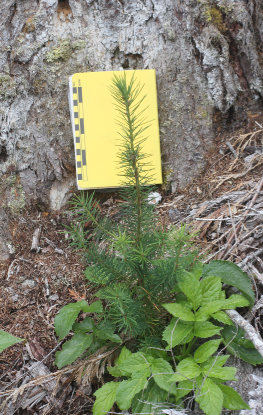
We are responsible to ensure that harvested sites are reforested to a ‘free to grow’ state. This is where the young trees are large enough not to be overtaken by competitive vegetation or undesirable trees and that it can be expected that the trees will grow to mature harvest size without impediment. Sometimes, this requires that brushing treatments are conducted to remove competing vegetation. This treatment is mainly comprised of manual cutting.

